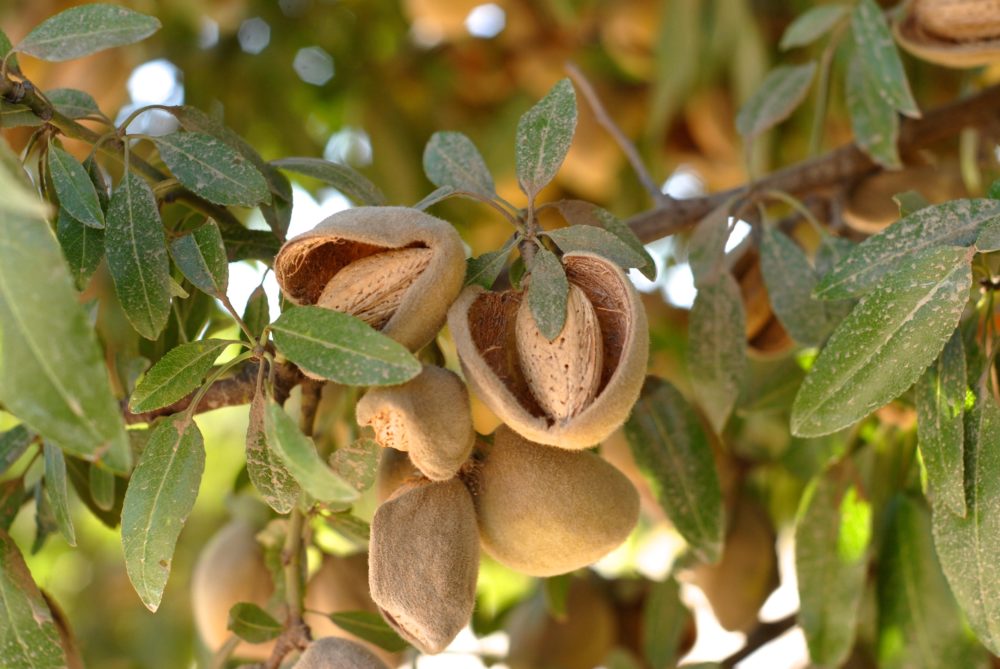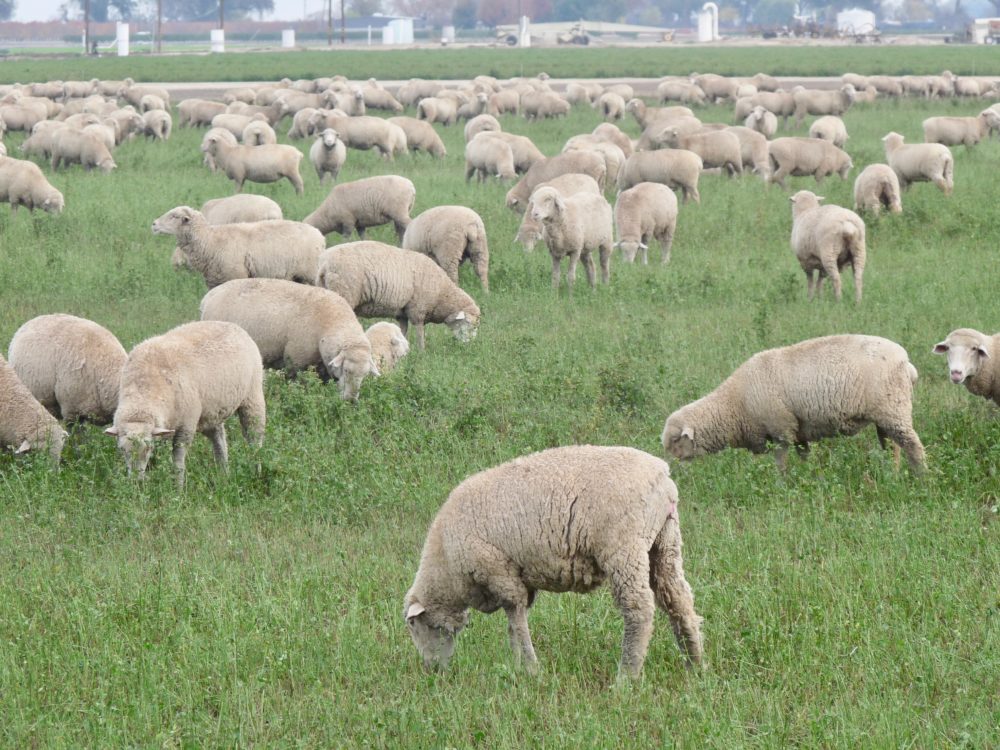CDFA Requests Proposals on Increasing Export Trade
Request for Proposals for Calif. State Trade Expansion Program (STEP) Supporting Growth for California Small Business
The California Department of Food and Agriculture is accepting proposals for the California State Trade Expansion Program (STEP) – a federally funded grant program of the U.S. Small Business Administration to increase exports activities among small businesses. Funding associated with this program will support trade development and enhancement activities that help small businesses enter or expand their exporting activity to foreign markets.
As the program administrator, CDFA is seeking project proposals from qualified entities to conduct export development activities in foreign markets to assist California businesses in trade expansion. Activities may include foreign trade missions and trade show exhibitions. Suitable promoted product categories include but are not limited to: aircraft /automotive parts; construction; manufacturing equipment/technology; medical devices; pharmaceuticals; health and beauty; food and agricultural products; and green/sustainable technologies.
Grant funds will not be awarded for projects that directly benefit or provide profit to a single organization, institution or individual. Federal funding is dependent on a competitive grant award by the U.S. Small Business Administration to the State of California. Total available federal funding for California activities is estimated at $900,000.
Applications must be submitted via email to grants@cdfa.ca.gov no later than March 6, 2020, 5:00 p.m. (PDT). Further information on the grant program, including timeline and application criteria, are available at https://www.cdfa.ca.gov/
Interested applicants are encouraged to attend the STEP webinar on February 26, 2020 at 1:30 p.m. (PDT). There is not a cost to attend, however, space is limited, and applicants must register in advance. To register, email grants@cdfa.ca.gov with your name and contact information. Further details will be provided with confirmation of registration.
The STEP Program is a partnership between the Governor’s Office of Business and Economic Development (GO-Biz), the Inland Empire Center for Entrepreneurship, California State University, San Bernardino, the Los Rios Community College District Center for International Trade and Development and CDFA. The program brings together state, federal, private and non-profit trade promotion organizations to promote export activities among targeted industries. California STEP is funded in part by a U.S. Small Business Administration Grant.























